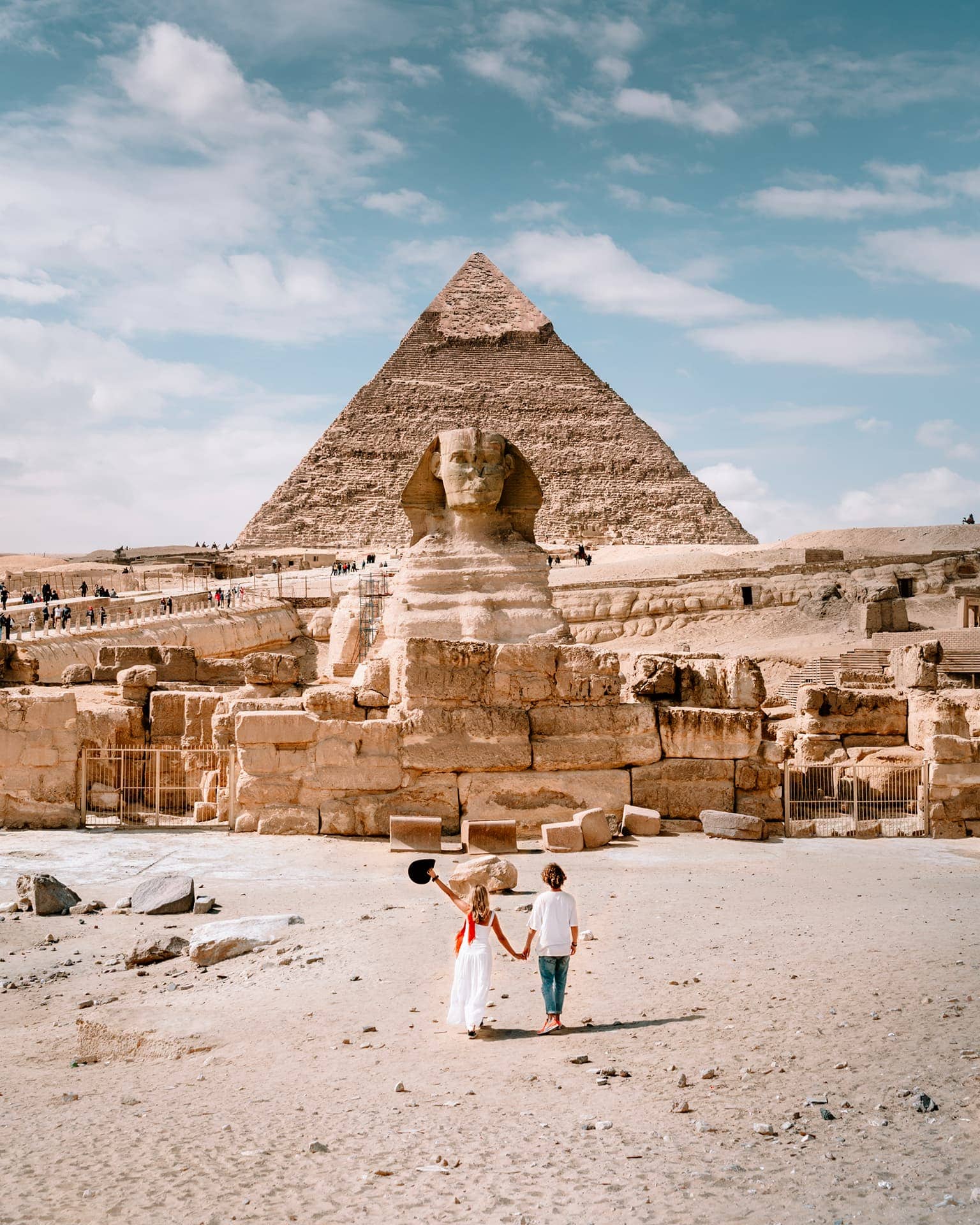the Pyramid of Djedefre at Abu Rawash
-
Location and Background:
- The Pyramid of Djedefre is Egypt’s northernmost pyramid and is located at Abu Rawash in Egypt.
- It is believed to have been built by Djedefre, the son and successor of King Khufu (also known as Cheops).
- Djedefre’s motivation for building his funerary monument at Abu Rawash instead of next to his father’s pyramid at Giza remains a topic of speculation. Some theories suggest dynastic feuds, while others propose a connection to the solar cult centered around Heliopolis1.
-
Architectural Features:
- The pyramid complex has an inner enclosure wall that rose to a height of about 6 meters.
- Unlike the pyramids of his predecessors, Snofru and Khufu, Djedefre’s pyramid had its burial chamber beneath the ground.
- The burial chamber was built at the bottom of a colossal pit measuring 23 by 10 meters and sunk some 20 meters into the ground. The chamber itself measured 21 by 9 meters.
- A 49-meter-long corridor sloped up to ground level, providing the entrance to the pyramid.
- The entrance was located in the north, pointing to the circumpolar stars, following the tradition of Old Kingdom pyramids.
- Unfortunately, very little remains of the pyramid today, leading to the assumption that it was left unfinished1.
-
Construction Technique:
- Djedefre’s pyramid was architecturally different from those of his immediate predecessors.
- Instead of placing the chambers inside the pyramid, he used the “pit and ramp” method.
- Here’s how it worked:
- Djedefre dug a pit 21 meters by 9 meters and 20 meters deep into the natural mound.
- A ramp was created at an angle of 22°35’, and the chambers and access passage were built within the pit and on the ramp.
- Once the inner chambers were finished, the pit and ramp were filled in, and the pyramid was built over the top.
- This method allowed the chambers to be made without tunneling and avoided structural complications within the pyramid itself2.
-
Legacy and Destruction:
- Djedefre’s pyramid was believed to be the most beautiful of the pyramids, with an exterior of polished, imported granite and limestone.
- Its ancient name was “Djedefre’s Starry Sky”.
- Unfortunately, the pyramid suffered significant destruction over time.
- The Roman Empire deconstructed much of it to use the materials for their own construction projects after the conquest of Egypt.
- The destruction continued during the Roman and early Christian eras when a Coptic monastery was built nearby.
- Even in the late nineteenth century, stone was still being hauled away from the site.
- Despite its ruinous state, Djedefre’s pyramid remains a fascinating piece of ancient Egyptian history21.
In summary, Djedefre’s pyramid stands as a testament to architectural innovation and the complexities of ancient Egyptian burial practices. Its unique construction method and mysterious motivations continue to intrigue researchers and visitors alike. 🌟🇪🇬21.
 English
English











